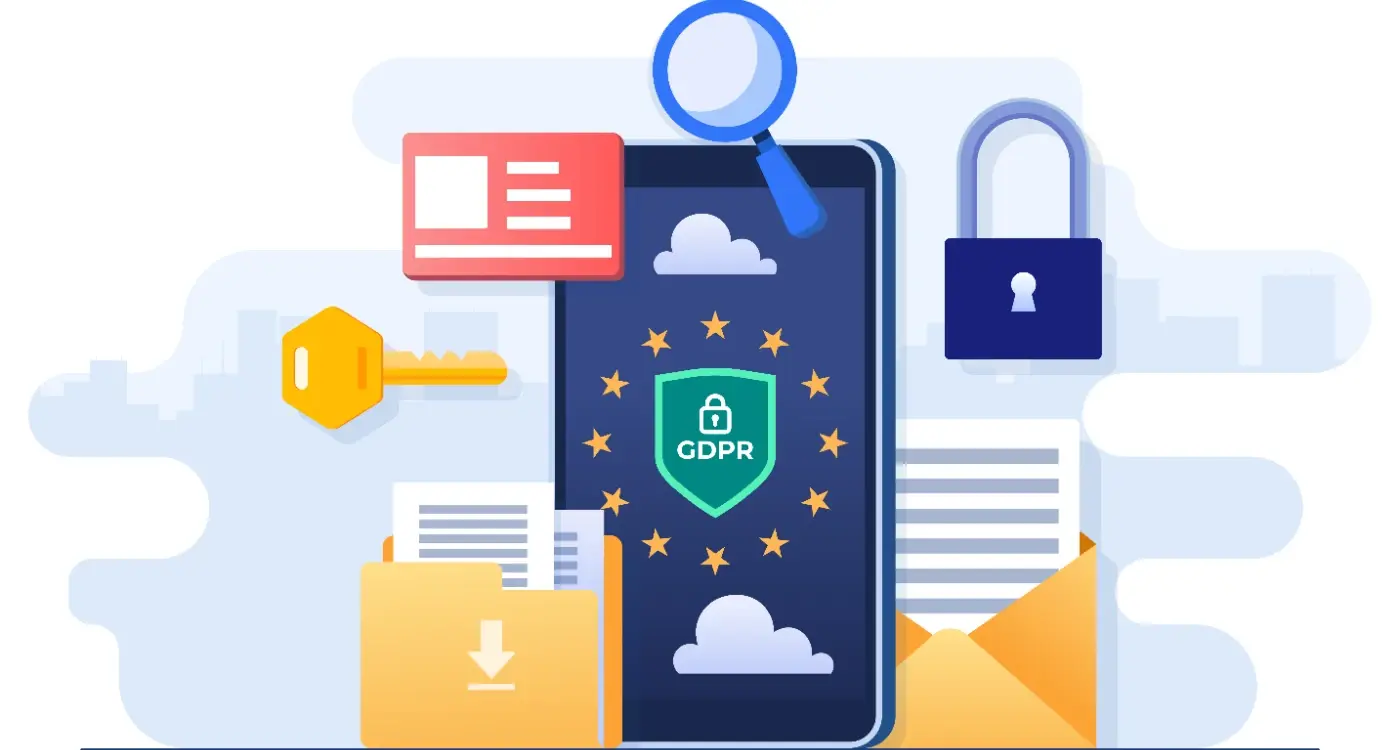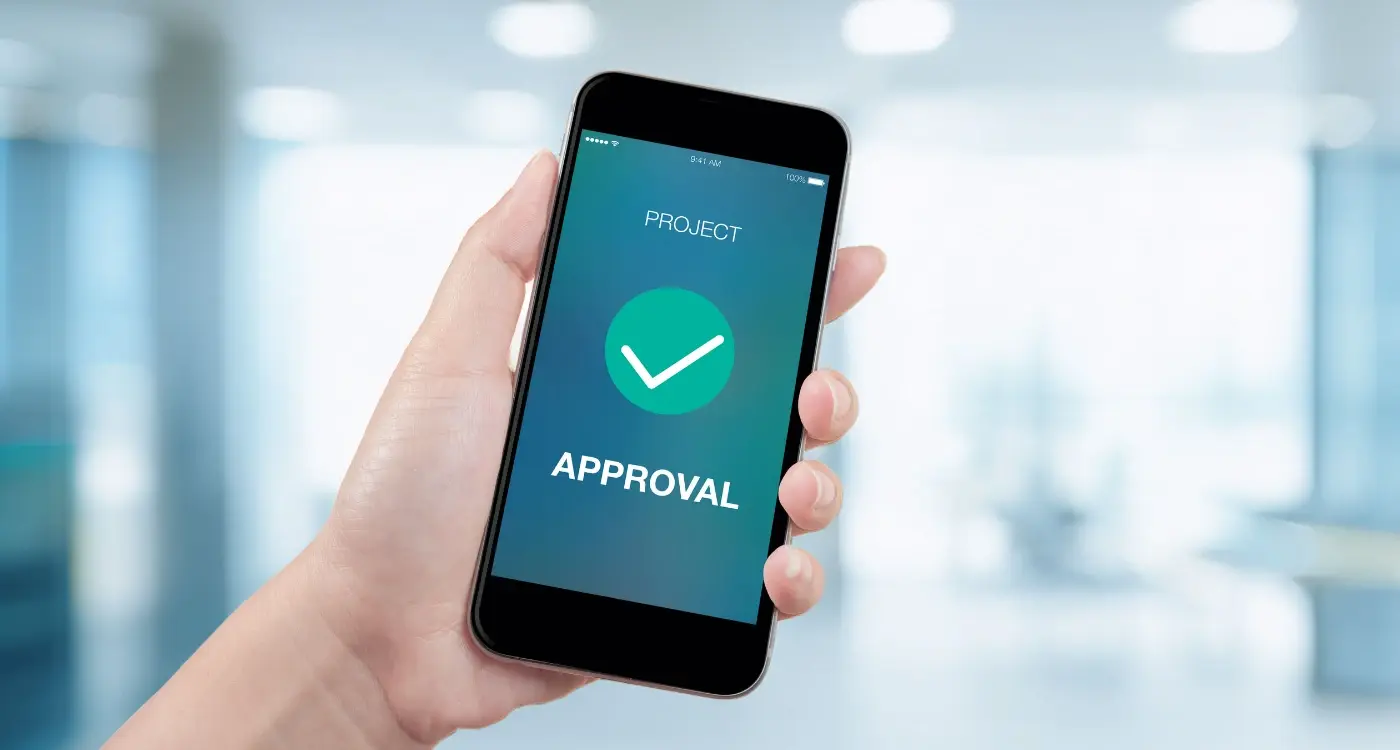How Do You Protect Ideas When Testing With Beta Users?
Mobile users test hundreds of apps each year, yet most developers hand over their biggest ideas to complete strangers without any real protection. I've watched brilliant concepts get "borrowed" during beta testing more times than I care to count—and it's honestly one of the most preventable disasters in app development.
Look, I get it. You've spent months (maybe years) developing your app idea, you've invested your own money or convinced investors to back you, and now you need real user feedback to make sure you're building something people actually want. But here's the thing—the moment you share your app with beta testers, you're essentially giving away your secrets to people you barely know. Some of these testers might work for competitors, others might be building similar apps themselves, and a few might just think your idea is so good they'll "borrow" it for their own projects.
The best protection isn't trying to keep everything secret—it's knowing exactly what to protect and how to protect it properly
Beta testing is absolutely necessary for building successful apps. I've never seen a great app that didn't go through proper user testing. The feedback you get from real users using your app in real situations is pure gold. It shows you what works, what doesn't, and what you completely missed during development. But you don't need to choose between getting good feedback and protecting your ideas. There are smart ways to test your app that keep the important bits safe while still giving you all the insights you need to build something people will love.
Understanding the Real Risks to Your App Ideas
Let me be straight with you—most app creators worry about the wrong things when it comes to protecting their ideas. I've watched countless entrepreneurs spend sleepless nights fretting about someone "stealing" their concept, when honestly? That's probably the least likely thing that'll hurt their business.
The harsh truth is that ideas are cheap. Execution is everything. I mean, how many photo-sharing apps existed before Instagram? Loads. How many ride-sharing concepts were floating around before Uber launched? Plenty. The magic isn't in the initial idea—its in how you build it, market it, and serve your users.
But here's the thing—there are some real risks worth your attention. Poor execution can kill even brilliant concepts; inadequate market research can lead you down expensive rabbit holes, and yes, sometimes competitors do get wind of what you're doing and beat you to market with better resources.
The Actual Threats You Should Worry About
- Sharing technical implementation details that give away your competitive advantage
- Revealing specific market data or user insights you've discovered
- Discussing unique business models or monetisation strategies
- Exposing proprietary algorithms or backend processes
- Showing detailed user interface designs before launch
What I've learned after years in this industry is that the biggest risk isn't someone copying your idea—it's you not testing it properly because you're too paranoid to get feedback. The apps that succeed are the ones that get real user input early and often. You just need to be smart about what you share and with whom.
The key is finding that sweet spot where you can gather meaningful feedback without giving away the crown jewels. And honestly? Most of the time, your "revolutionary" idea probably has less competition than you think anyway.
Who Actually Owns Your App's Intellectual Property
Right, let's clear up one of the biggest misconceptions I see in the app world—who actually owns what when it comes to your brilliant app idea. I've watched too many founders assume they're protected when they're really not, and it can get messy fast.
Here's the thing about intellectual property: ideas themselves can't be copyrighted or owned. What? I know, it sounds mad, but its true. You can't legally own the concept of "a dating app" or "an app that tracks fitness." What you can own is the specific way you express that idea—your code, your unique features, your brand name, your visual design.
If you're working with a development agency (like us), make sure your contract clearly states that all intellectual property transfers to you upon final payment. Some dodgy agencies try to retain rights to code or even your entire app. I've seen this happen and it never ends well for the client.
Your app's source code is automatically copyrighted the moment its written, but proving who wrote it first can be tricky without proper documentation. Any unique algorithms, distinctive user interfaces, or proprietary features you develop are where your real IP protection lies.
Always check your development contracts before signing. If it doesn't explicitly state that you own all intellectual property rights to your app, don't sign it until that's fixed.
Trademarks protect your app name and logo—and these are actually more valuable than most people realise. You can't stop someone building a similar app, but you can stop them using your name or confusingly similar branding. That's proper protection you can actually enforce.
I've been asked to review more NDAs than I care to count over the years—and honestly, most of them are either too weak to protect anything or so aggressive they scare people away. Getting your NDA right is like finding that sweet spot between protecting your ideas and actually getting people to sign the bloody thing.
The biggest mistake I see? People either grab some generic template online or go completely over the top with legal jargon that would make a lawyer's head spin. Neither approach works well in practice.
Creating Effective Non-Disclosure Agreements
A good NDA for app testing needs to be specific but not intimidating. You're not trying to protect state secrets—you're just making sure your beta testers dont go blabbing about your features to competitors or posting screenshots on social media before launch.
What Your NDA Must Include
- Clear definition of what counts as confidential information
- Specific time limits (usually 2-3 years is reasonable)
- Exceptions for information that becomes publicly available
- Simple language that normal people can understand
- Reasonable consequences for breaches
Here's the thing—if your NDA is 15 pages long, people won't read it. If its too vague, it won't protect you. I usually aim for 2-3 pages maximum with clear headings and bullet points.
Common NDA Mistakes to Avoid
Don't try to prevent people from working in your industry forever. Don't make the penalties so harsh that they seem unreasonable. And for gods sake, don't include clauses about ideas the person already knew—that's just asking for legal trouble later.
The best NDAs I've seen focus on the specific information being shared during testing rather than trying to lock down everything under the sun. Keep it focused, keep it fair, and most importantly, keep it readable.
Safe Ways to Discuss Your Ideas Before Development
You know what? I've seen too many brilliant app ideas get shelved because founders were terrified to talk about them. But here's the thing—you actually need to discuss your concept with people if you want to build something that works. The trick is doing it safely.
Start with the people you trust most. Family members, close friends, or business partners you've worked with before. These conversations don't need formal agreements; just keep things general at first. Talk about the problem you're solving rather than your specific solution. It's a bit like testing the waters without jumping in completely.
Professional Conversations That Matter
When you're ready to speak with potential developers, investors, or industry experts, that's when proper NDAs become important. But even then, you can control how much you reveal. I always tell clients to share just enough to get meaningful feedback—not everything.
Focus on the user experience and core functionality rather than your secret sauce. If you're building a fintech app with a unique algorithm, talk about the user journey and interface needs first. Save the technical details for later conversations with people who've signed agreements.
The biggest risk isn't someone stealing your idea—it's building something nobody wants because you were too scared to get proper feedback
Actually, here's something most people don't realise: industry professionals hear dozens of app ideas every month. They're not sitting around waiting to steal yours; they're busy with their own projects. The real value lies in execution, not just the idea itself. Smart discussion early on will make your app better, and that's worth more than keeping everything secret until launch day.
Finding the Right People for Beta Testing
Look, I'll be straight with you—finding good beta testers is harder than most people think. You can't just grab your mates and family and call it proper testing. They'll tell you its great even when it crashes every five minutes because they don't want to hurt your feelings! Actually, that's one of the biggest mistakes I see app developers make.
The sweet spot for beta testing is finding people who fit your target audience but aren't so close to you that they won't give honest feedback. I usually look for users who are genuinely interested in solving the problem your app addresses; they have skin in the game and will actually use the thing properly.
Where to Find Quality Beta Testers
Here's where I typically find the best testers for my clients apps:
- Industry forums and communities related to your app's purpose
- Social media groups where your target users hang out
- Professional networks and LinkedIn connections
- Beta testing platforms like TestFlight or Google Play Console
- User research participants from previous projects
- Customers from related products or services
The key thing is quality over quantity. I'd rather have 20 engaged testers who actually use the app daily than 100 who download it once and forget about it. You want people who will push your app's limits, find the weird edge cases, and tell you when something doesn't make sense.
One more thing—always start small. Begin with 5-10 trusted testers before expanding to larger groups. This way you can iron out the obvious issues before exposing your app to more people. It's much easier to manage feedback and maintain control over your intellectual property with a smaller, carefully selected group.
Setting Up Proper Beta Testing Agreements
Right, you've found your beta testers—now comes the bit that makes most people's eyes glaze over. Legal paperwork. But honestly, this is where you can sleep soundly knowing your app idea isn't going to end up as someone else's side project.
A proper beta testing agreement is different from your standard NDA. Sure, it needs to cover confidentiality, but it also needs to handle the messy bits like feedback ownership, bug reporting responsibilities, and what happens if something goes wrong during testing.
Always include a clause about feedback ownership in your beta agreements. The last thing you want is a tester claiming they "invented" a feature you developed based on their suggestion.
What Your Beta Agreement Must Include
I've seen too many developers use generic templates that don't actually protect anything meaningful. Your agreement needs to cover the specific risks of beta testing, not just general confidentiality.
- Clear definition of what constitutes confidential information
- Explicit ownership of all feedback and suggestions
- Restrictions on sharing screenshots or recordings
- Time limits for how long confidentiality lasts
- Consequences for breaching the agreement
- Permission to use anonymous feedback in marketing
Making It Actually Enforceable
Here's the thing about beta agreements—they need to be reasonable to be enforceable. I mean, you can't expect someone to never speak about your app again for the rest of their natural life, can you? Most good agreements include time limits (usually 2-3 years) and focus on protecting genuinely sensitive information rather than trying to lock down everything.
The key is making the agreement feel fair to your testers whilst still protecting what matters most to your business. Get this balance wrong and you'll either scare off good testers or leave yourself completely exposed.
Managing Feedback Without Revealing Everything
Here's something I've learned from countless beta tests—you don't need to explain every single feature to get useful feedback. Actually, revealing too much can be counterproductive; it overwhelms testers and potentially exposes parts of your app that competitors would love to know about.
The key is focusing on specific areas where you genuinely need input. If you're testing your onboarding flow, don't give testers access to your advanced features yet. If you're validating your core functionality, you can keep the monetisation strategy under wraps. It's about being strategic with what you show and when.
What to Share and What to Keep Private
I typically break down feedback sessions into phases. Each phase reveals just enough to test what matters most at that stage. Early on, testers might only see basic wireframes or a simple prototype—they don't need to know about your AI algorithms or proprietary data processing methods.
- Share user interface designs and basic user flows
- Reveal core functionality that users will interact with directly
- Show enough features to demonstrate value
- Keep back-end processes and technical implementations private
- Hide future roadmap features and advanced capabilities
- Protect your business model and monetisation strategies
When collecting feedback, guide the conversation towards usability and user experience rather than technical details. Ask questions like "How did that feel?" or "What would you expect to happen next?" instead of explaining how your system works behind the scenes.
Remember, beta testers want to help make your app better—they're not trying to steal your ideas. But being selective about what you reveal protects you whilst still getting the valuable insights you need to build something people actually want to use.
Conclusion
Right, let's wrap this up properly. After years of helping clients navigate beta testing whilst keeping their ideas safe, I can tell you that protecting your app concept isn't about being paranoid—it's about being smart. The reality is, most beta testers aren't sitting there plotting to steal your idea. They're usually just happy to try something new and give feedback. But that doesn't mean you should be careless about it.
The key thing I've learned is that good beta testing agreements and NDAs aren't barriers to getting feedback; they're actually enablers. When testers know you've got your legal ducks in a row, they often give better, more honest feedback because they understand you're serious about your project. Plus, having these protections in place gives you the confidence to ask the tough questions that lead to real insights.
Here's what actually matters: choose your beta testers carefully, get proper agreements signed before anyone sees anything, and remember that you don't need to reveal your entire roadmap to get valuable feedback. Focus on testing specific features or user journeys rather than exposing your complete vision. Most importantly, document everything—who signed what, when they tested, and what feedback they gave.
The mobile app world moves fast, and getting early feedback is part of building something people actually want to use. Just make sure you're protecting yourself whilst you do it. Trust me, a bit of paperwork upfront can save you massive headaches later. And honestly? The apps that succeed are usually the ones that found the right balance between protection and openness during their beta phase.
Share this
Subscribe To Our Learning Centre
You May Also Like
These Related Guides

What Happens When My App Gets a Data Subject Access Request?

How Do You Navigate Mobile App Regulatory Approval Successfully?



